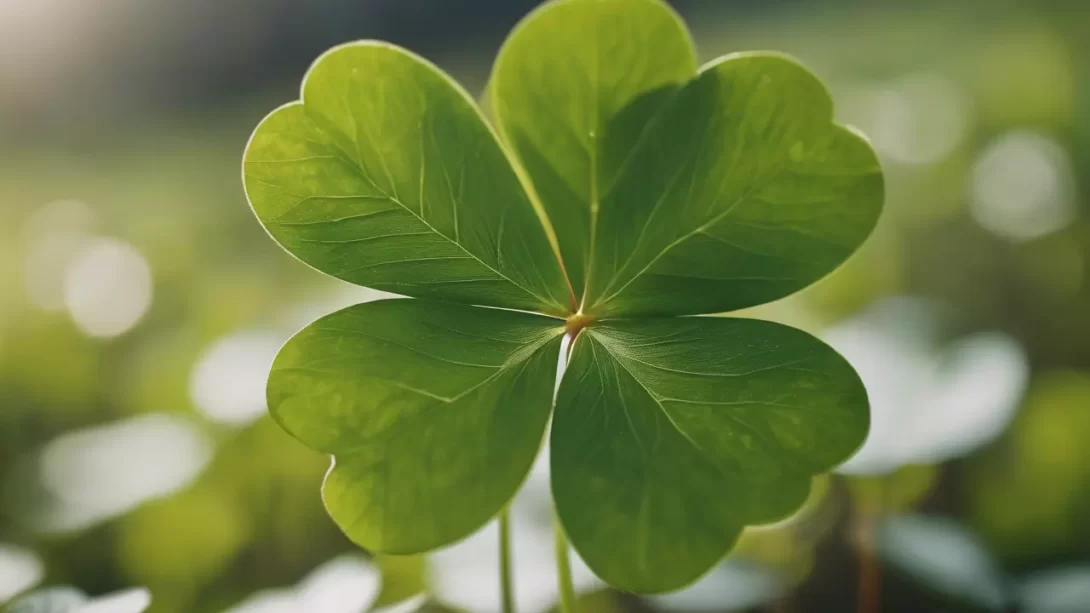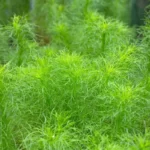Clovers, belonging to the genus Trifolium, are well-known for their typical three-leaf structure and are a common sight in meadows and lawns. While most of us are familiar with the classic three-leaf clover, there are in fact many varieties of clover that can produce a different number of leaves. Among these, the four-leaf clover is famously known for its association with good luck, but clovers can occasionally have even more leaves.
Clover Leaf Variation
The occurrence of clovers with extra leaves is a result of genetic mutations, influenced by both hereditary and environmental factors. While four-leaf clovers are rare, finding a clover with more than four leaves, such as a five-leaf or a six-leaf clover, is even more uncommon. These mutations are not just limited to a specific number of extra leaves – clovers with a wide range of leaf counts have been found, though the frequency drastically decreases as the leaf count increases.
The Rarity of Six-Leaf Clovers
Six-leaf clovers are exceptionally rare. While exact statistics vary, some estimates suggest that the chances of finding a six-leaf clover are in the range of 1 in 20,000 to 1 in several million, compared to 1 in 5,000 for four-leaf clovers. This rarity makes encountering a six-leaf clover a truly special event. The rarity is attributed to the fact that the genetic mutation leading to six leaves is much less likely to occur than the mutation for four leaves. Additionally, environmental factors that could potentially increase leaf count are not always present, making the six-leaf clover a remarkable find for any clover enthusiast.
Cultural and Symbolic Significance
Clovers have held significant cultural and symbolic meanings throughout history, especially within Irish folklore. The three-leaf clover, or shamrock, is traditionally associated with St. Patrick and is a symbol of Ireland. Each leaf of the clover is said to represent a different quality; for example, the three leaves of a shamrock are often said to stand for faith, hope, and love. When it comes to clovers with more than three leaves, each additional leaf is thought to bring extra luck. A four-leaf clover adds luck to the mix, while a five-leaf clover is sometimes associated with wealth. The six-leaf clover, though less common in folklore due to its rarity, is often thought to symbolize fame or unexpected fortune.
Where to Find Six-Leaf Clovers
Finding a six-leaf clover requires a combination of patience, keen observation, and a bit of luck. These rare clovers are more likely to be found in areas where clovers are abundant and healthy. Look for lush, well-maintained fields or meadows, particularly those that haven’t been disturbed by heavy foot traffic or mowing. Natural, undisturbed environments are more conducive to genetic variations. When searching, take your time and examine clover patches closely. The distinctive pattern of a six-leaf clover can stand out among its three-leaf counterparts, but it still requires a careful eye to spot.
Increasing Your Chances of Finding Rare Clovers
For those dedicated to the pursuit, there are strategies to increase the likelihood of encountering a six-leaf clover. One approach is to visit clover fields regularly, as new mutations can appear at any time. Another strategy involves growing your own clover patch, which allows for closer and more frequent inspection. Additionally, engaging with communities of clover enthusiasts can provide tips and locations where rare clovers have been found previously. While there’s no guaranteed method to find a six-leaf clover, these practices can improve your chances.
Documenting and Preserving Six-Leaf Clovers
Once you’re fortunate enough to find a six-leaf clover, you might want to preserve this rare find. Carefully pressing the clover in a heavy book between two sheets of paper is a traditional and effective method. This process can take a few weeks, but it ensures that your clover keeps its shape and color. For a more immediate solution, placing the clover in a small frame or laminating it can also work well. Documenting your find is also important, especially for sharing with others who appreciate the rarity of these plants. Taking a clear photograph of the clover, ideally with a date and location, can be a great way to record and share your discovery.
The Importance of Sharing Your Find
Finding a six-leaf clover is a remarkable event that can contribute to a greater understanding of these plants. Sharing your find with botanical communities or local nature groups can add to the collective knowledge about the distribution and frequency of these rare mutations. It’s also a way to connect with others who share your interest in botany and nature.
Conclusion
The discovery of a six-leaf clover is a rare and exciting event for any nature enthusiast or gardener. While their occurrence is extremely uncommon, understanding the factors that contribute to their rarity, along with where and how to look for them, can increase your chances of finding one. Whether you cherish it as a personal keepsake, use it as a symbol of good luck, or share it with the botanical community, a six-leaf clover is a unique and remarkable find that celebrates the diversity and wonder of the natural world.




